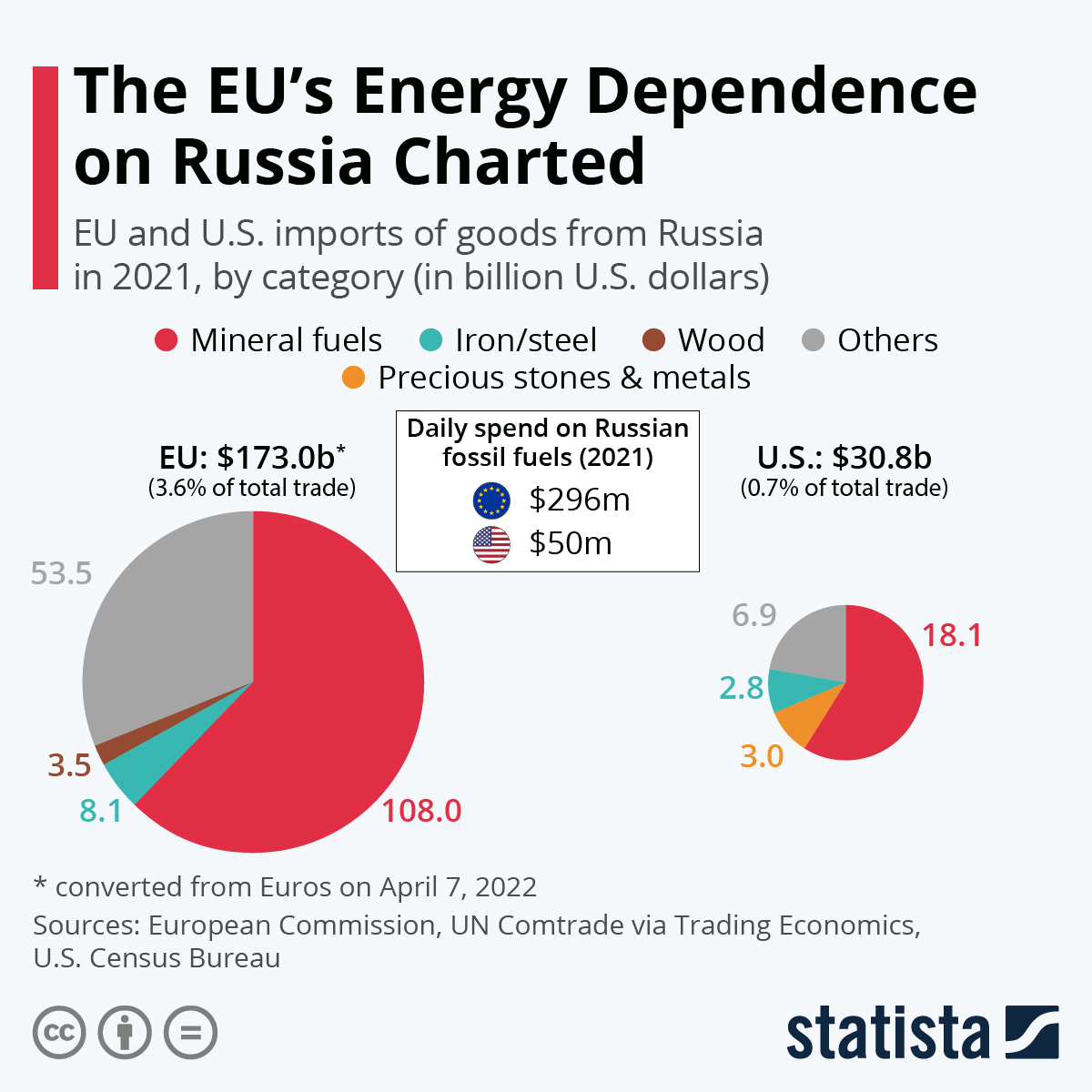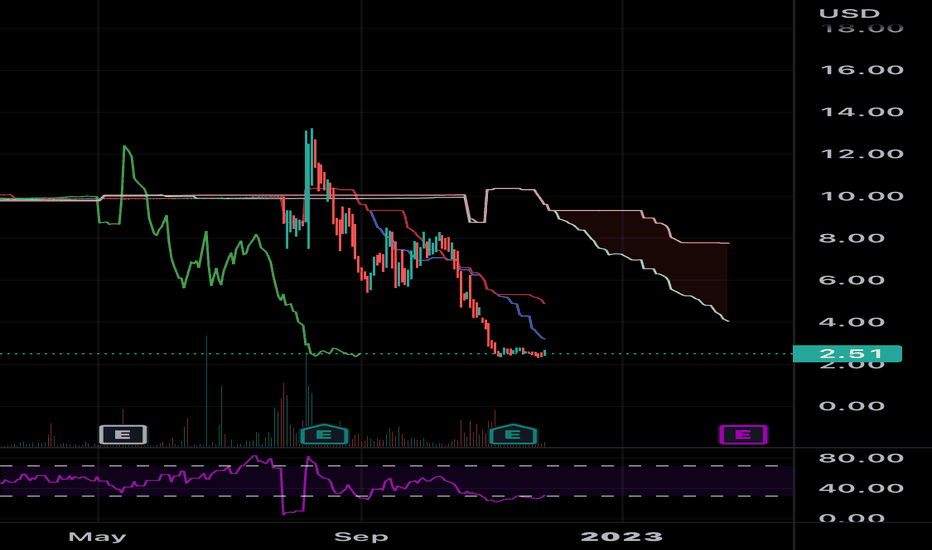Taiwan's Energy Shift: LNG Imports To Fill Nuclear Gap

Table of Contents
The Decline of Nuclear Power in Taiwan
Taiwan's nuclear power program, once a cornerstone of its energy infrastructure, is facing a phased shutdown. Three nuclear power plants – Nuclear Power Plant 1, Nuclear Power Plant 2, and Nuclear Power Plant 3 – have been crucial to the nation's energy supply. However, growing public concerns about nuclear safety following the Fukushima disaster in 2011, coupled with strong anti-nuclear sentiment, have led to government policies phasing out nuclear energy. This decision, while driven by safety and public opinion, creates a considerable energy deficit.
- Nuclear Power Plant 1: Officially decommissioned in 2018.
- Nuclear Power Plant 2: Scheduled for decommissioning by 2025.
- Nuclear Power Plant 3: The last operational plant, facing eventual decommissioning.
- Public Opinion: Numerous polls consistently show significant public opposition to nuclear power, influencing government policy decisions.
- Government Policy: The "2025 non-nuclear homeland" policy aims for a complete phase-out of nuclear power by the target date.
The Rise of LNG Imports: A Bridge to Renewable Energy
With nuclear power declining, Taiwan is rapidly expanding its LNG import infrastructure to meet its energy needs. LNG is considered a transitional fuel—a cleaner alternative to coal while the nation invests heavily in renewable energy sources. This shift, however, necessitates significant infrastructure development.
- New LNG Import Terminals: Several new LNG import terminals are under construction or planned to increase import capacity significantly. This includes expansion of existing terminals and the development of new ones to handle larger volumes of LNG.
- LNG Price Volatility: Taiwan’s reliance on imported LNG exposes it to price fluctuations in the global market, impacting energy costs for businesses and consumers.
- Long-Term Sustainability: While cleaner than coal, LNG remains a fossil fuel. Its long-term sustainability is debated as Taiwan aims to transition to a predominantly renewable energy system. The discussion about carbon capture and storage technologies becomes increasingly important in this context.
Geopolitical Implications of Taiwan's LNG Dependence
Taiwan's increasing reliance on LNG imports presents significant geopolitical challenges. Its energy security is now tied to the stability of global LNG supply chains and its relationships with major suppliers.
- Major LNG Suppliers: Taiwan imports LNG from various countries, creating dependencies on international relations and potentially making it vulnerable to supply disruptions.
- Supply Chain Disruptions: Geopolitical instability, natural disasters, or even commercial disputes could interrupt LNG shipments, leading to energy shortages and economic instability.
- Diversification Strategies: Taiwan is actively pursuing strategies to diversify its LNG import sources and explore alternative energy partnerships to mitigate risks. This includes bilateral agreements and the exploration of potential partnerships for LNG infrastructure.
The Path Towards Renewable Energy Integration
Recognizing the limitations of LNG as a long-term solution, Taiwan is aggressively investing in renewable energy sources, particularly solar and wind power. This transition, however, faces considerable hurdles.
- Renewable Energy Targets: The Taiwanese government has set ambitious targets for renewable energy generation by 2025 and beyond, aiming for a significant portion of its energy mix to come from renewable sources.
- Challenges of Transition: Land availability, grid integration challenges, and the need for efficient energy storage solutions are all significant obstacles to overcome in this energy transition.
- Government Initiatives: Various government incentives, subsidies, and regulations are designed to accelerate renewable energy development and deployment.
Conclusion: Securing Taiwan's Energy Future with a Strategic LNG Transition
Taiwan's energy shift, characterized by the decline of nuclear power and the rise of LNG imports, is a crucial phase in securing the nation's long-term energy security. This transition necessitates a careful balancing act: utilizing LNG as a bridge fuel while simultaneously accelerating the development and integration of renewable energy sources. The geopolitical implications of increased LNG dependence must be actively managed through diversification strategies. Understanding "Taiwan's Energy Shift: LNG Imports to Fill Nuclear Gap" is paramount. Stay informed about Taiwan's energy future and the critical role of LNG in this transition. Visit the official website of the Bureau of Energy, Ministry of Economic Affairs, for more information on Taiwan's energy policies and plans.

Featured Posts
-
 Escape The Us Political Climate A Guide To European Citizenship For Americans
May 20, 2025
Escape The Us Political Climate A Guide To European Citizenship For Americans
May 20, 2025 -
 Top Rated Wireless Headphones Recent Advancements
May 20, 2025
Top Rated Wireless Headphones Recent Advancements
May 20, 2025 -
 March 31 Nyt Mini Crossword Solutions
May 20, 2025
March 31 Nyt Mini Crossword Solutions
May 20, 2025 -
 Aghatha Krysty Tewd Llhyat Rwayt Jdydt Baldhkae Alastnaey
May 20, 2025
Aghatha Krysty Tewd Llhyat Rwayt Jdydt Baldhkae Alastnaey
May 20, 2025 -
 Chinas Orbital Supercomputer Progress And Challenges
May 20, 2025
Chinas Orbital Supercomputer Progress And Challenges
May 20, 2025
Latest Posts
-
 Analyzing The D Wave Quantum Qbts Stock Decline On Monday
May 20, 2025
Analyzing The D Wave Quantum Qbts Stock Decline On Monday
May 20, 2025 -
 D Wave Quantum Qbts Stock Plunge Reasons Behind Mondays Decline
May 20, 2025
D Wave Quantum Qbts Stock Plunge Reasons Behind Mondays Decline
May 20, 2025 -
 Mondays Market Sell Off Analyzing The Impact On D Wave Quantum Qbts
May 20, 2025
Mondays Market Sell Off Analyzing The Impact On D Wave Quantum Qbts
May 20, 2025 -
 Understanding D Wave Quantum Qbts Stocks Significant Monday Dip
May 20, 2025
Understanding D Wave Quantum Qbts Stocks Significant Monday Dip
May 20, 2025 -
 D Wave Quantum Qbts Stock Drop Unpacking Mondays Sharp Decline
May 20, 2025
D Wave Quantum Qbts Stock Drop Unpacking Mondays Sharp Decline
May 20, 2025
